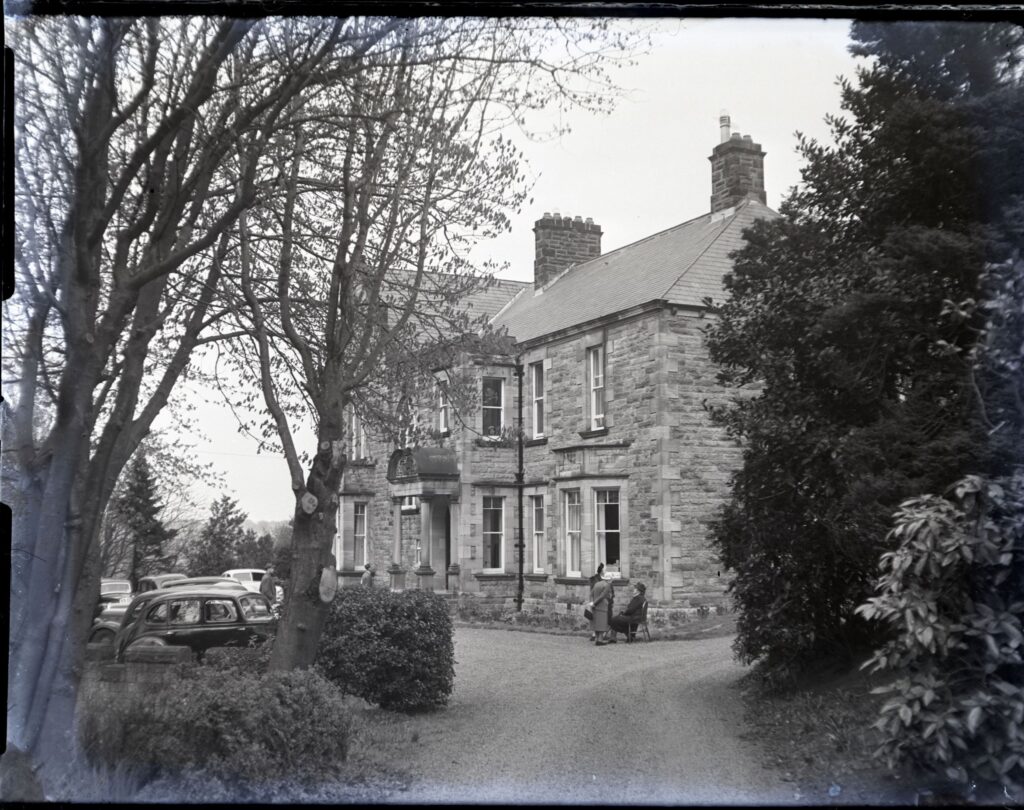George Junior is the business’ namesake. The second son of Owl Pen and Hannah was born in 1864. The story of his elder brother, Thomas, is a sad and rather morbid one. In terms of our own passed down memories, nothing was really known of Thomas. Born in 1859, he disappeared from the census; his last mention was in 1881 age 22. He is detailed as being blind and then all trace vanishes. Rumour was he ended up in an asylum, but the reasons why were unknown, or at least not spoken of. After some digging at Northumberland Archives, he was discovered as having ended up in St George’s, Morpeth in 1891 aged 32.
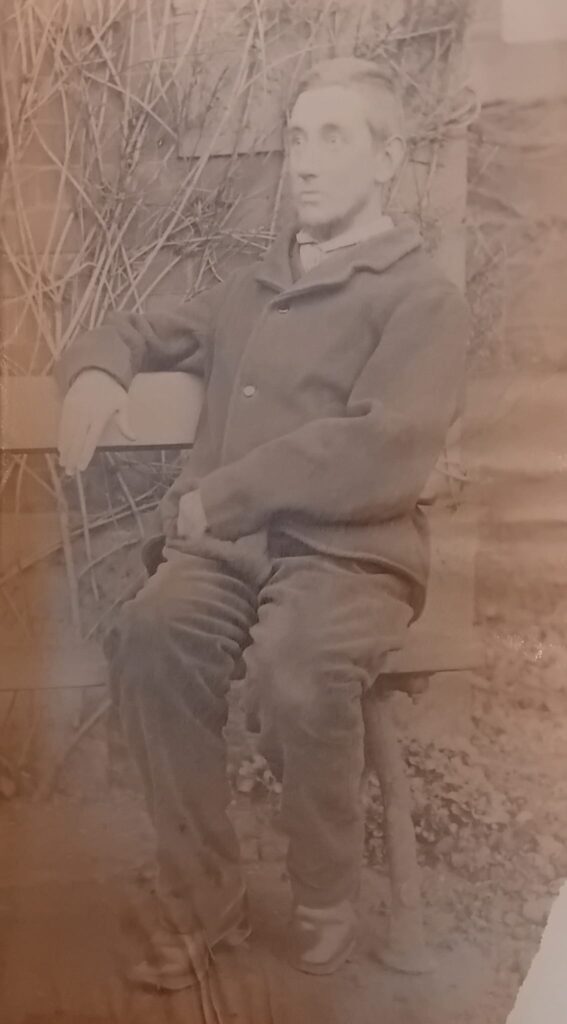
It seems as well as being blind, he was epileptic, which is maybe why he ‘was violent, shouting, swearing threatening to injure others his father in particular…’ He died in 1903 aged 44 and was buried in Morpeth.
As with all family history, the truths we uncover are not always happy ones.
George Junior began his apprenticeship as a hairdresser with Mr Mark Patterson of Narrowgate, Alnwick. This then led to him opening his own Hairdressing business in Wellwood Street, Amble in 1883, later moving to a larger premises in Queen Street.
He married Charlotte Gibson in 1885, and, as well as starting a rather large family, George expanded his business portfolio to include tobacconists, sweetshops and penny bazaars, as well as a facility for charging accumulator batteries. These were very heavy, plastic batteries full of acid. The acid gradually turned to alkaline as the battery ran down. When people bought a radio, it came with two batteries so that one would always be charged. This was a very popular service.
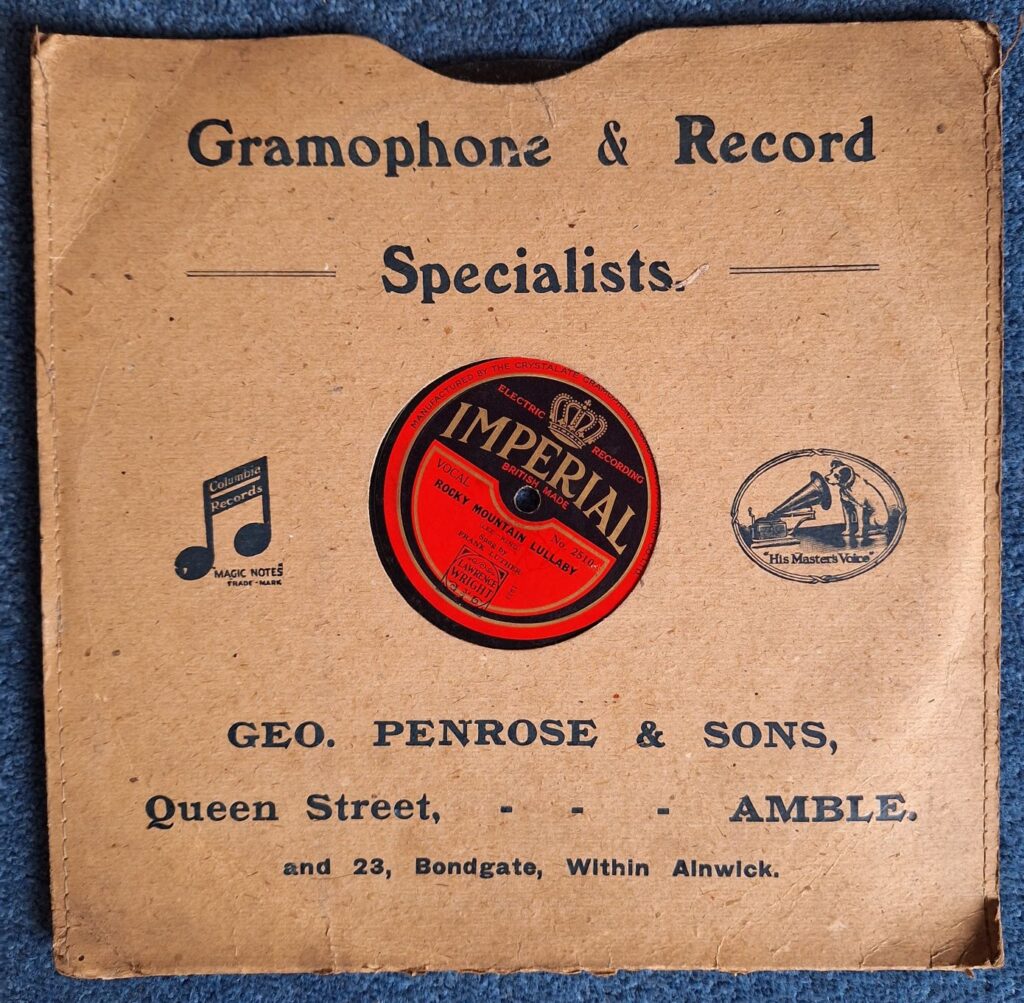
He opened new branches in Radcliffe, Broomhill, Red Row and of course, Alnwick. He and Charlotte had 14 children, only five of whom survived.
George’s eldest son, William, left to join the war effort in 1916, as a clerk in the Northumberland Fusiliers.
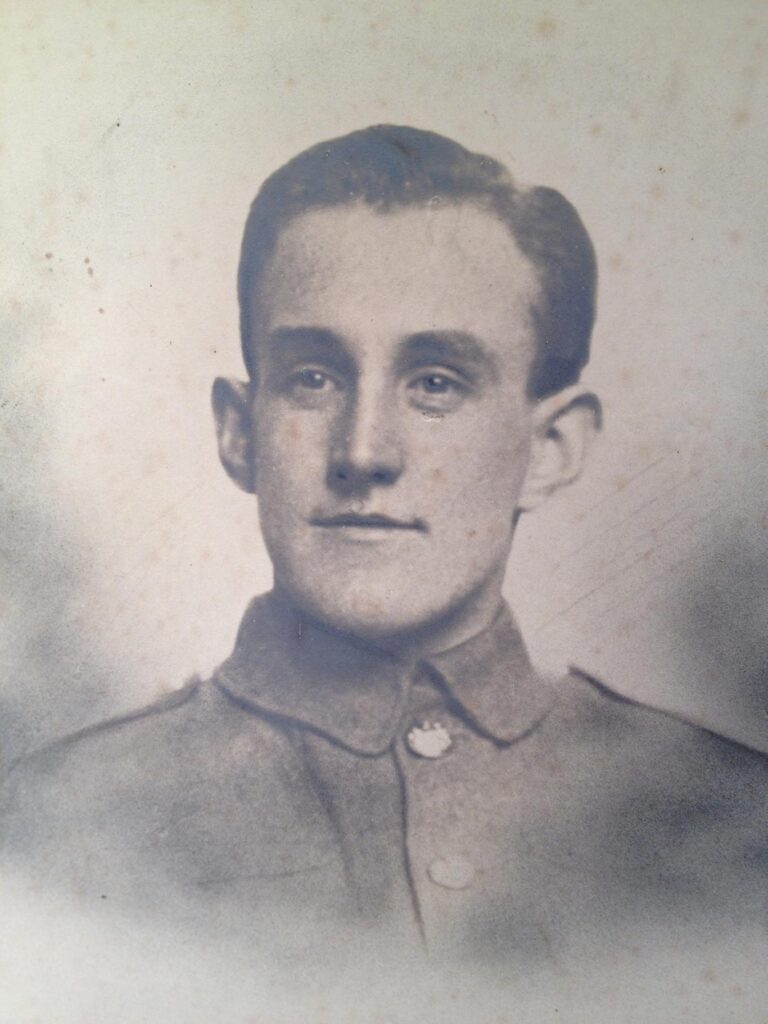
After a posting to Bombay, he contracted smallpox and malaria, returning home in 1919. He joined the family business and began making radio sets for family and friends in the 1920s but realising the potential for this ‘wireless telegraph’, he began to go on to sell them. This was only the beginning as soon, with high demand, he had to source them from suppliers such as HMV and Columbia and thus, the family diversified into electrical goods.
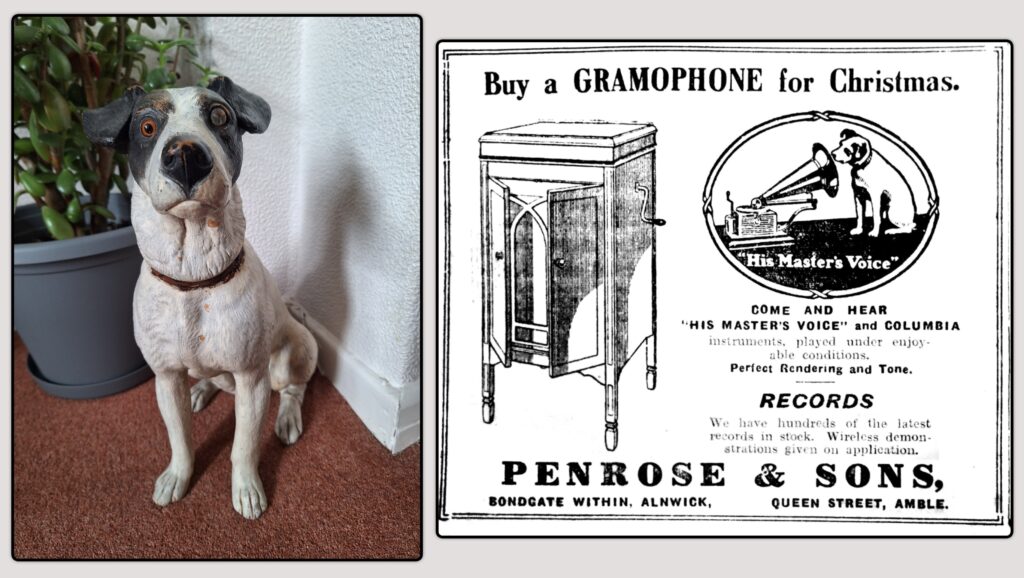
In 1935, George Penrose died, six years after his wife Charlotte. They are buried together in West Cemetery, Amble.

After his death, George left the businesses in the very capable hands of William. However, his siblings were not too happy with this idea, and this then led to a rather big falling out. To combat the resentment felt, William gave his younger brother, Fred, the business in Amble and to his sisters, the other shops in the surrounding areas. The family house in Amble, Farndale, became the home of Fred and his wife, Dorothy (nee McKay). The name itself comes from a valley located in the North York Moors, a tribute, perhaps, to their Yorkshire ancestry. Fred’s business was passed onto his son, another George after his death in 1987. This George was a familiar face in Amble, known for his haircutting abilities and his frequent visits to the betting shop!

Of all the businesses left by George Junior, William’s shop in Alnwick outlasted them all. William met and married Jane Douglass in 1920. Jane took an active role in the business and was fondly remembered for always having a fresh vase of flowers on the countertop every day. They had one daughter, Jane, born in 1922, who affectionately became known as Penny.





